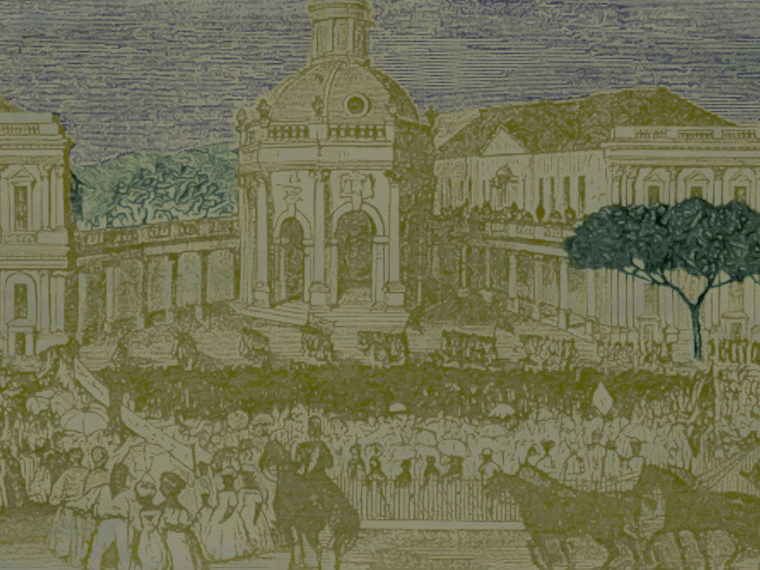Make the influence industry more competitive, a theoretical study suggests
The public discussion of lobbying tends to focus on a handful of highly negative images, namely the swamp and the revolving door. Clearly, it seems, less would be better.
But the people on and around K Street, the Washington, D.C., home of many influence firms, constitute a business cohort like any other. And research by UCLA Anderson’s Henry L. Friedman and University of Pennsylvania’s Mirko S. Heinle seeks to use an understanding of the industry’s internal dynamics to better understand its impact on the industries it represents, the regulatory agencies and others it lobbies, and the public.
The paper, forthcoming in Management Science, is theoretical. The authors’ model, built with the banking industry in mind, supports a surprising conclusion: “We find that lobbying decreases, and regulatory quality increases, when competition in the lobbyist market increases,” Friedman and Heinle write.
Opt In to the Review Monthly Email Update.
How so? The more lobbyists there are competing to handle projects of new coalitions, the lower the compensation those lobbyists can demand. That means more of the financial benefits of lobbying flow directly to coalition companies, which leads to smaller coalitions and lessens the collective appetite or need for additional lobbying, the study surmises.
“When agents [companies] retain a higher share of the benefits to forming coalitions, they tend to form smaller coalitions which results in less lobbying” overall, Friedman and Heinle say. The implication is that these newer coalitions’ work could be narrowly focused.
The authors created a mathematical model to explore the mechanics of how companies form lobbies to advocate for what they want — and don’t want — from regulators.
Companies and regulators are, of course, often at odds: “Each agent can take an action that is privately beneficial but socially harmful,” the authors note. At the same time, regulators are supposed to look out for society’s greater good, but have to balance that with the need to maintain the competitive health of the industry they regulate.
The default mode for regulators, as set by their bosses (e.g., Congress), typically is to treat all industry players much the same. In other words, “Regulatory policies are usually set with a degree of uniformity, applying similar treatments to diverse agents,” Friedman and Heinle write.
That one-size-fits-all regulatory approach “tends to decrease lobbying and strengthen regulatory policies,” the authors say, drawing from their research on the topic in a 2016 paper published in the Journal of Accounting Research.
But one-size-fits-all regulation also can drive some companies in an industry “to coalesce into new or larger lobbying coalitions,” to make sure their voices are being heard, the study says. “In such coalitions, every firm fights harder [for what they want],” Friedman said in an interview.
Featured Faculty
-
Henry L. Friedman
Associate Professor of Accounting
About the Research
Friedman, H.L., & Heinle, M.S. (in press). Influence activities, coalitions, and uniform policies: Implications for the regulation of financial institutions. Management Science. doi: 10.2139/ssrn.2799992
Friedman, H.L., & Heinle, M.S. (2016). Lobbying and uniform disclosure regulation. Journal of Accounting Research, 54 (3). doi: 10.1111/1475-679X.12118






